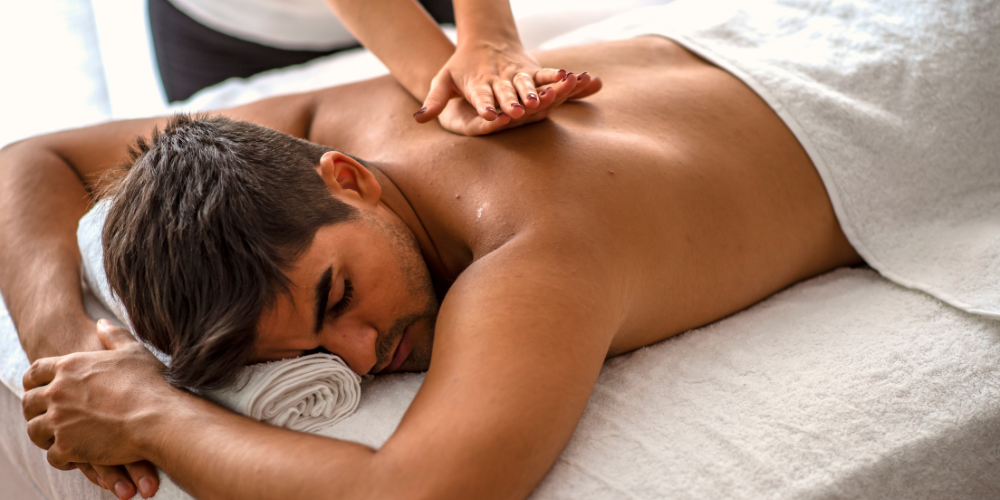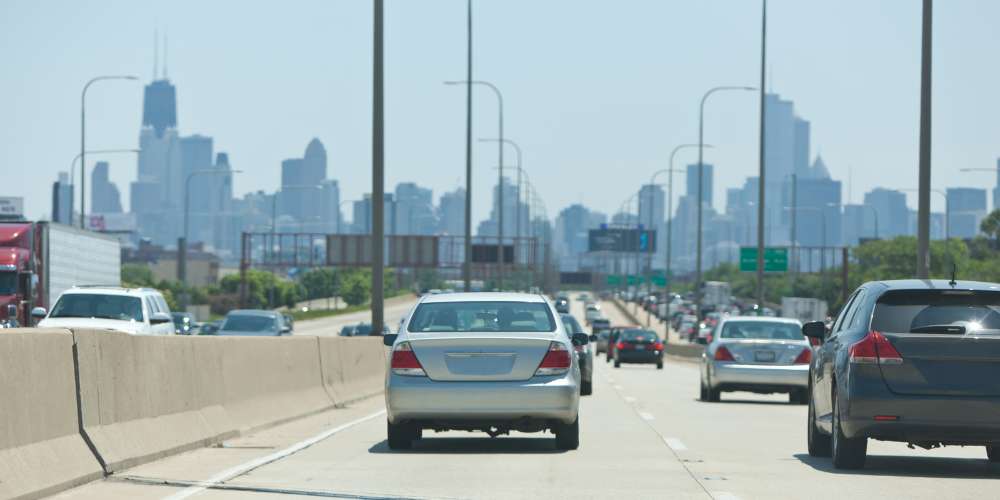While we recommend seeing a chiropractor after a car accident, the most important way to…

Short-Term and Long-Term Pain Relief Options
It’s no secret that following an accident, your injuries can cause you varying levels of discomfort and even pain. From whiplash to overall body aches to more serious injuries, it’s important that you find ways to make yourself more comfortable while your body rests and recuperates. Until you are able to make a full recovery, there are plenty of short term pain relief options that you can utilize in your own home as needed, and when used in conjunction with long term pain relief options, you can make the best of your recovery journey. We’ve gathered a few different methods that you should consider to manage your pain while your body heals from injuries.
Massage

A treatment option that many people utilize for momentary relief is a massage. Whether you enlist the help of a friend or partner, utilize massage tools, or book an appointment with a professional massage therapist, massage can be a great way to loosen tight muscles. While traditionally massages are used on a tight neck and shoulders, massaging any tight muscles can help you find relief for a period of time. Start with slow and soft contact, and work your way up to more intense massages to really get the full effect and benefits of the treatment.
Over-the-counter medications

One of the first short-term solutions many people try out when they have a headache or other aches or pains is taking Ibuprofen or Tylenol. These over-the-counter medicines are great for taking the edge off of your injury or other pains. If you’re experiencing inflammation due to sprains or other injuries, these medications are often one of the first things that a medical professional would recommend to help combat those symptoms.
Some options such as Tylonol PM can even be helpful sleep aids by making you more comfortable and drowsy so that your body can have the restorative sleep it needs to heal. It’s never a bad idea to talk to your doctor or other medical professional if you’re unsure about which drugs might help you, or the dosage you should use. In general, over the counter medications are safe in moderation and can help you get past the worst of the pain.
TENS units

Another short-term pain relief option is using a TENS unit. These small machines can be purchased easily online or from local stores. Commonly used by athletes for recovery purposes, they work by sticking small pads that conduct electricity to the affected area, and the slight shocks or vibrations massage the sore area. This works best on tight muscles, such as calves and shoulders, and the type and level of vibrations can be adjusted according to your comfort level. After using TENS units, many people report feeling more comfortable for a period of time.
Cold therapy

Along with taking anti-inflammatory medications, cold compresses are a great way to reduce swelling and momentarily numb the painful area. Cold therapy can also be utilized for headaches. Ice packs are preferred, but you can also use frozen food packages. Be sure to use a towel or another barrier and avoid directly placing the ice on your skin in order to prevent frostbite or ice burn.
Physical therapy

While short-term treatments are often the best option for immediately after an accident or for when you are in pain at home, physical therapy is one of the most effective and lasting solutions that you should research and invest in following an accident. In conjunction with other pain relief options, physical therapy has been found highly effective by many people. By assessing the damage and continuing to treat you throughout the recovery process, you can find comfort knowing that you are taking meaningful steps towards a full recovery.
Not only can a physical therapist design a customized treatment plan for you, including both short-term and long-term solutions for you to utilize, but they can help ensure that you heal correctly and completely so that you can get back to your daily life. A physical therapist may prescribe exercises that can strengthen the weakened muscles or build endurance back up after a traumatic event. Finding a physical therapist that you trust is one of the most important things you can do to help yourself recover and should be one of the first steps you take following an injury.
Adjustments and manipulations

Chiropractors are experts in providing pain relief through spinal manipulations and adjustments. No matter if you’ve been in an accident or you’re just going through your daily life, simple things can cause misalignment, from poor posture to sleeping in an odd position. Manipulations and adjustments work to relieve pressure throughout the body. This can provide pain relief from head to toe and lead to lasting recovery of many different symptoms.
Regular exercise

You don’t have to be an avid gym attendant to gain the benefits of exercising. Regular exercise releases endorphins, which lessens pain. While this is a short-term benefit, the long-term pain relief is achieved when you strengthen your body. Overall health can help you recover and bounce back quicker no matter the injury. Depending on your injury, there are also specific exercises that will target the areas of your body that have been injured. Not only will this help you recover, but it also helps in the prevention of new injuries in the future.
Don’t suffer
Finding the right pain management tools and techniques for you and your specific injury is important to your wellbeing and overall recovery journey. Some injuries can take time to heal, and being patient is important, but that doesn’t mean you have to suffer. If you are looking for an expert to be there every step of the way following an injury, look no further than Accident Treatment Centers. We have experience with all types of injuries, and our network of physical therapists and chiropractors are dedicated to seeing your case through to the end. We also work closely with attorneys, so that we can help you document your injuries and get the compensation you deserve.
Contact us here to start your treatment and recovery journey.



